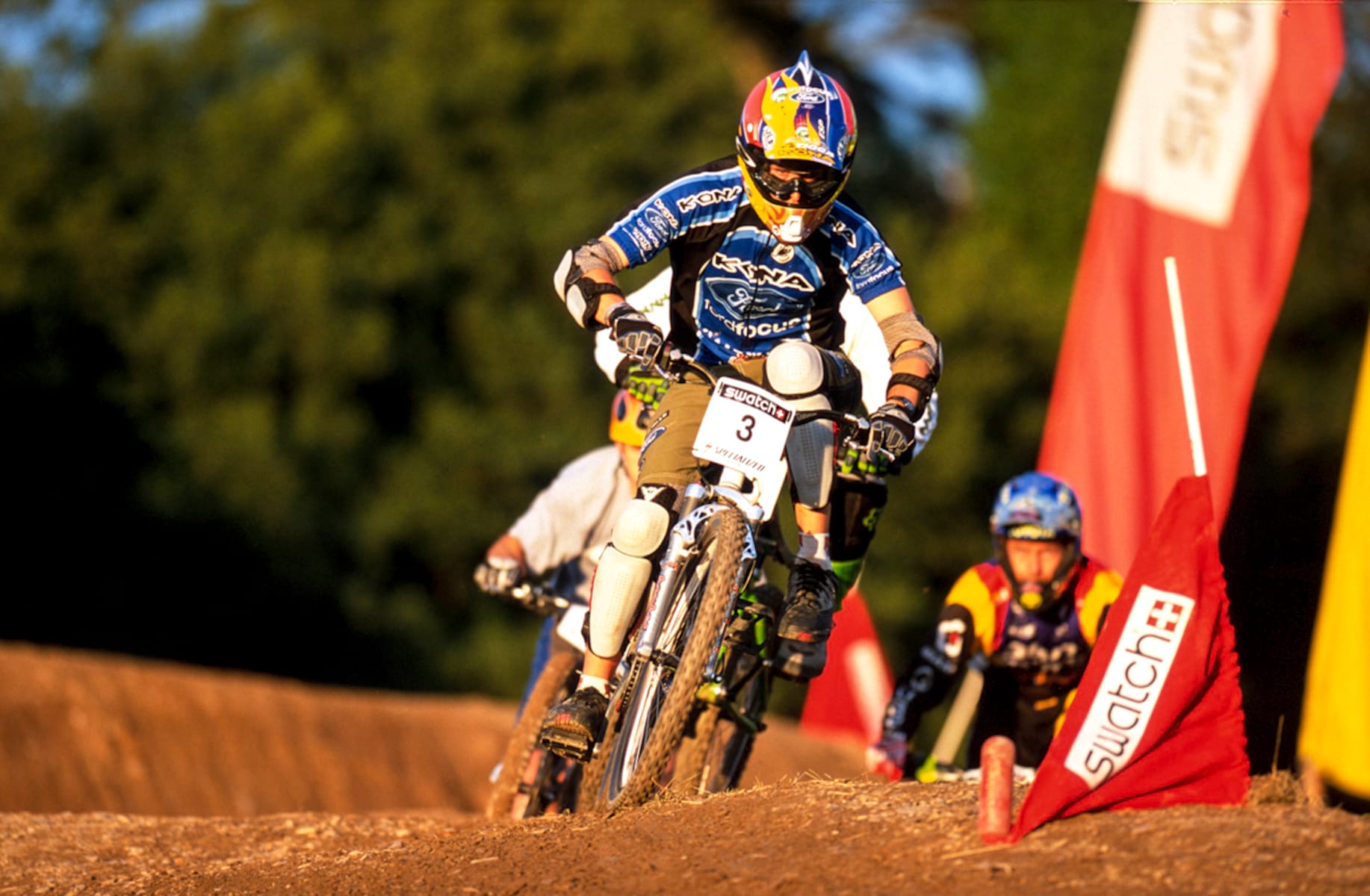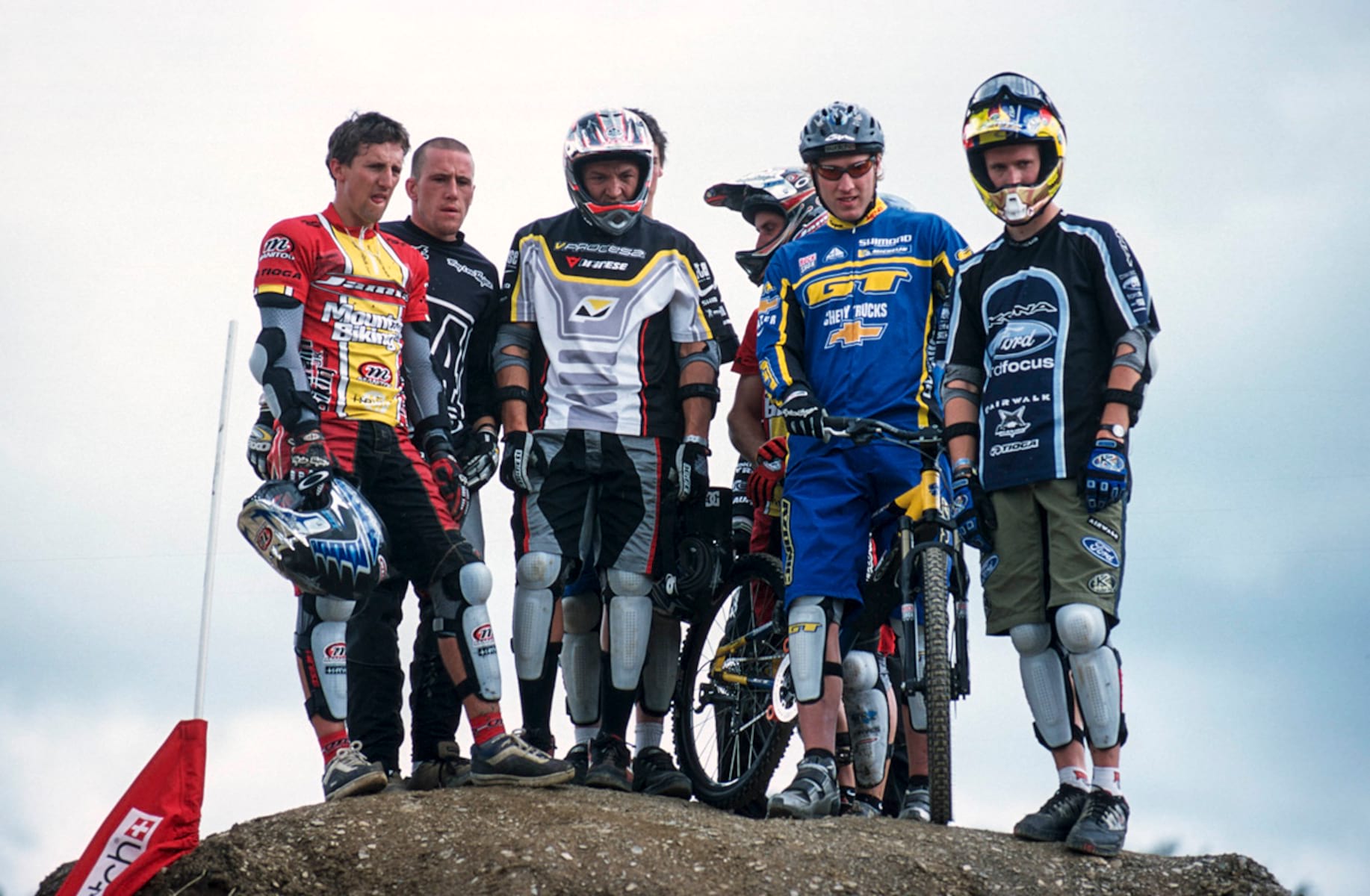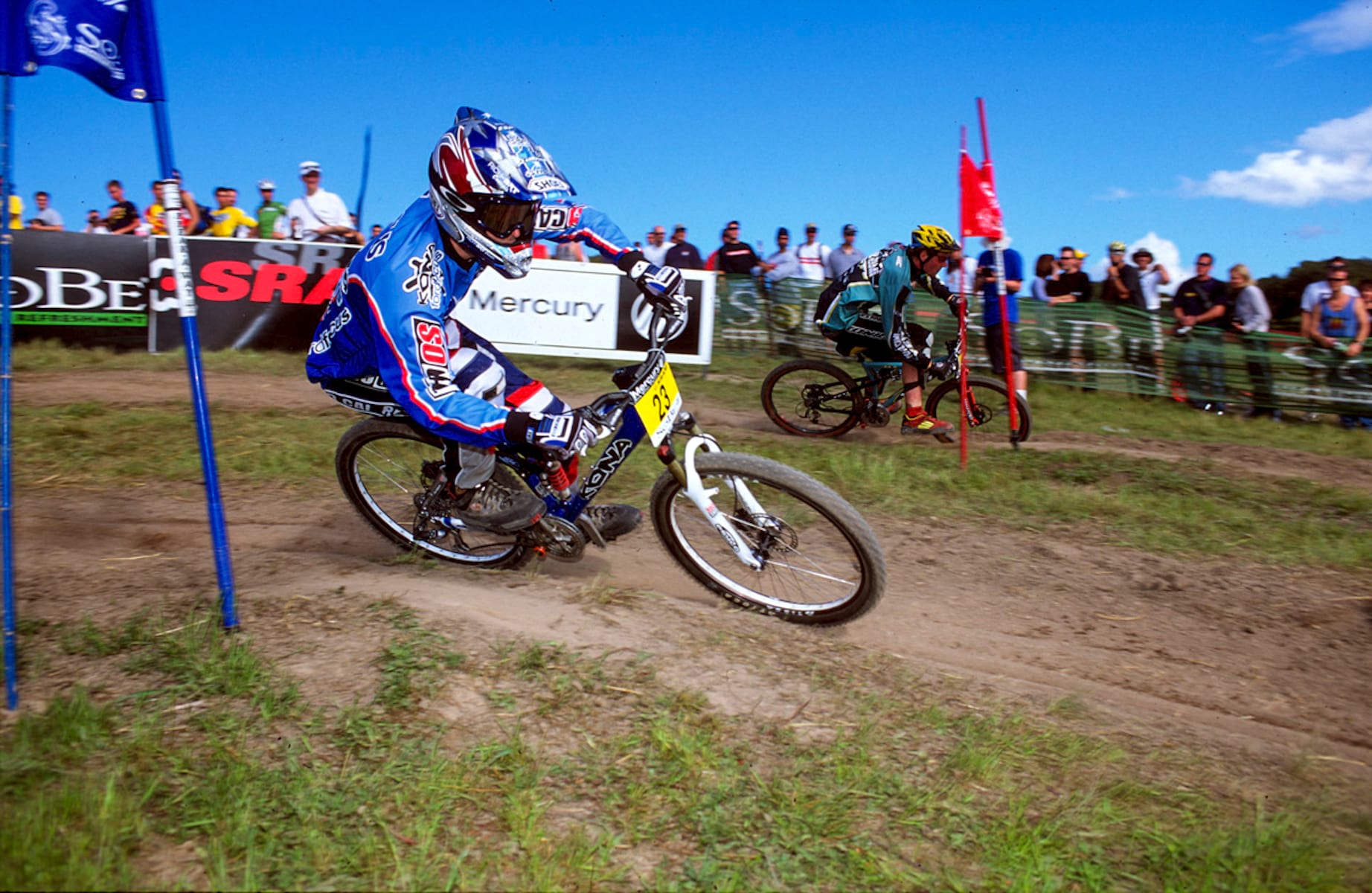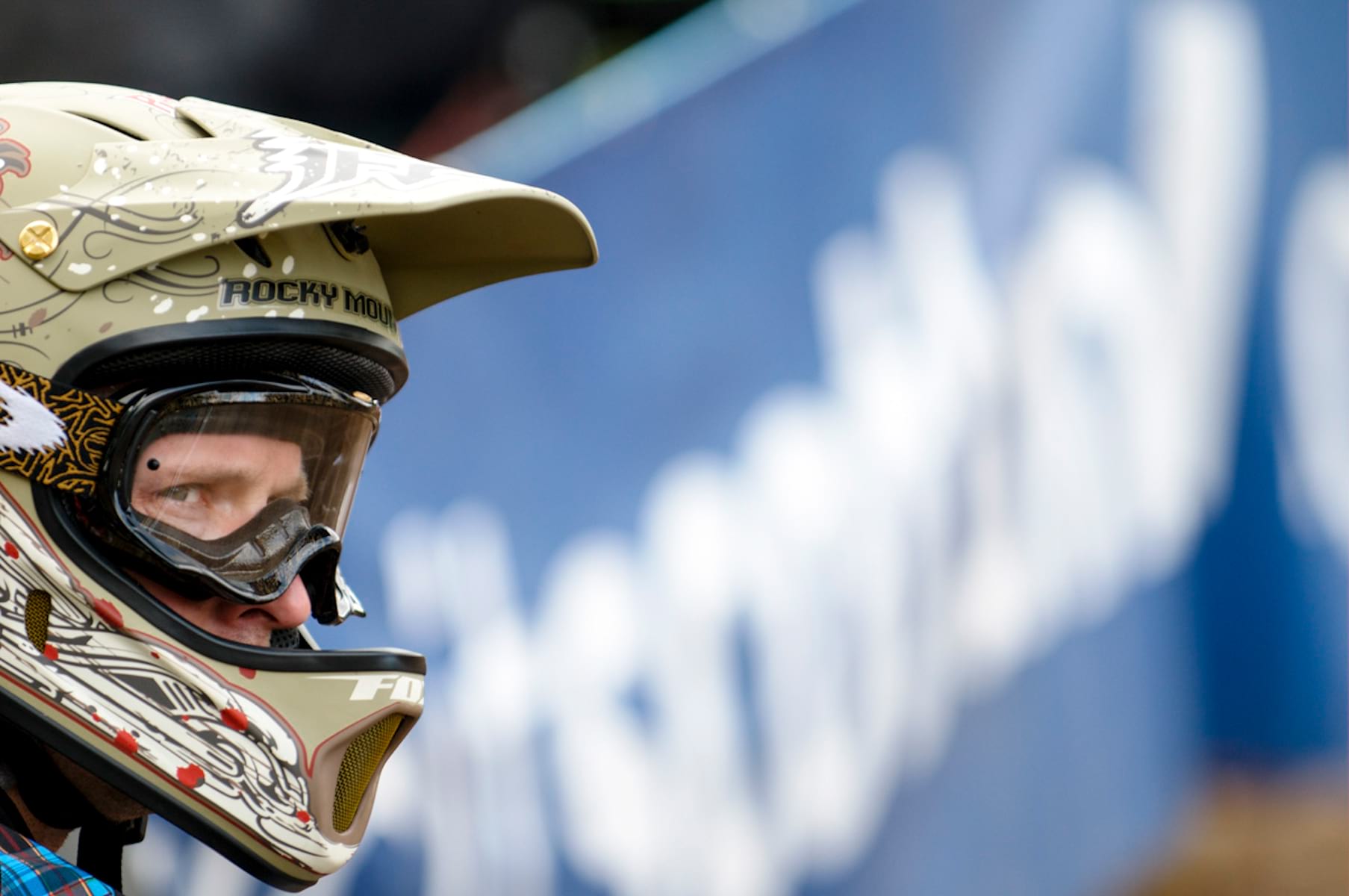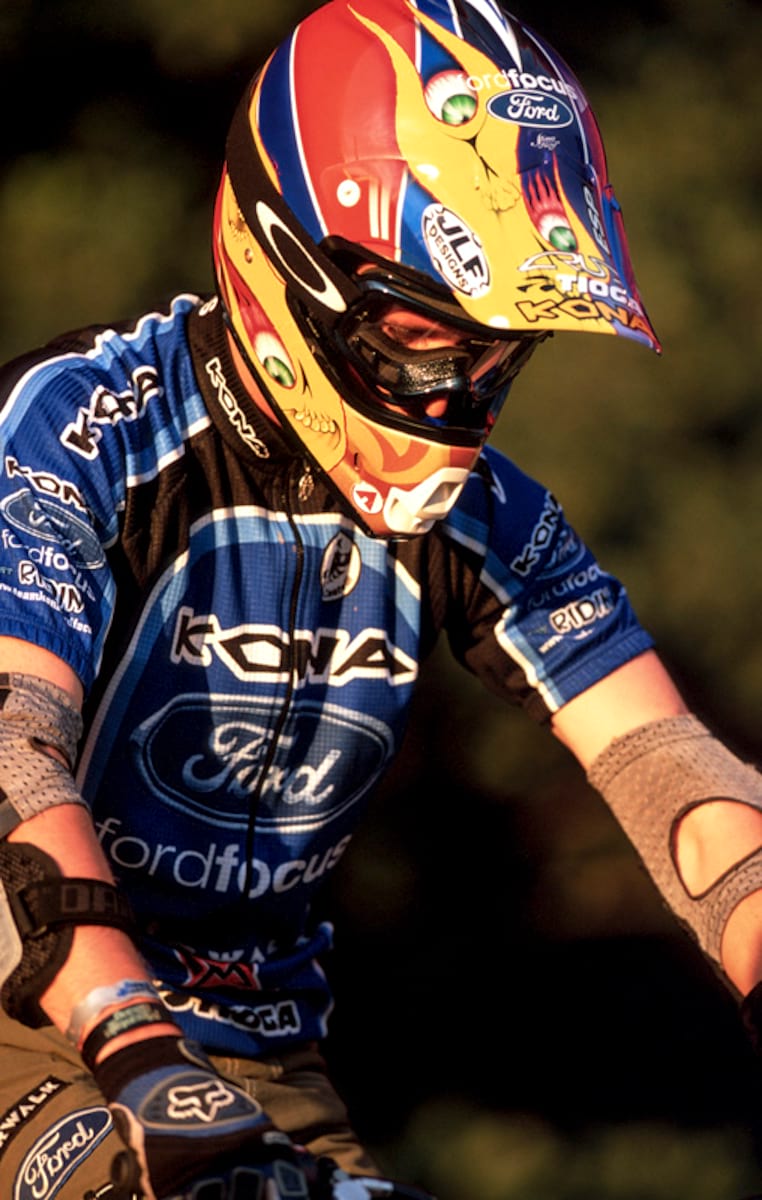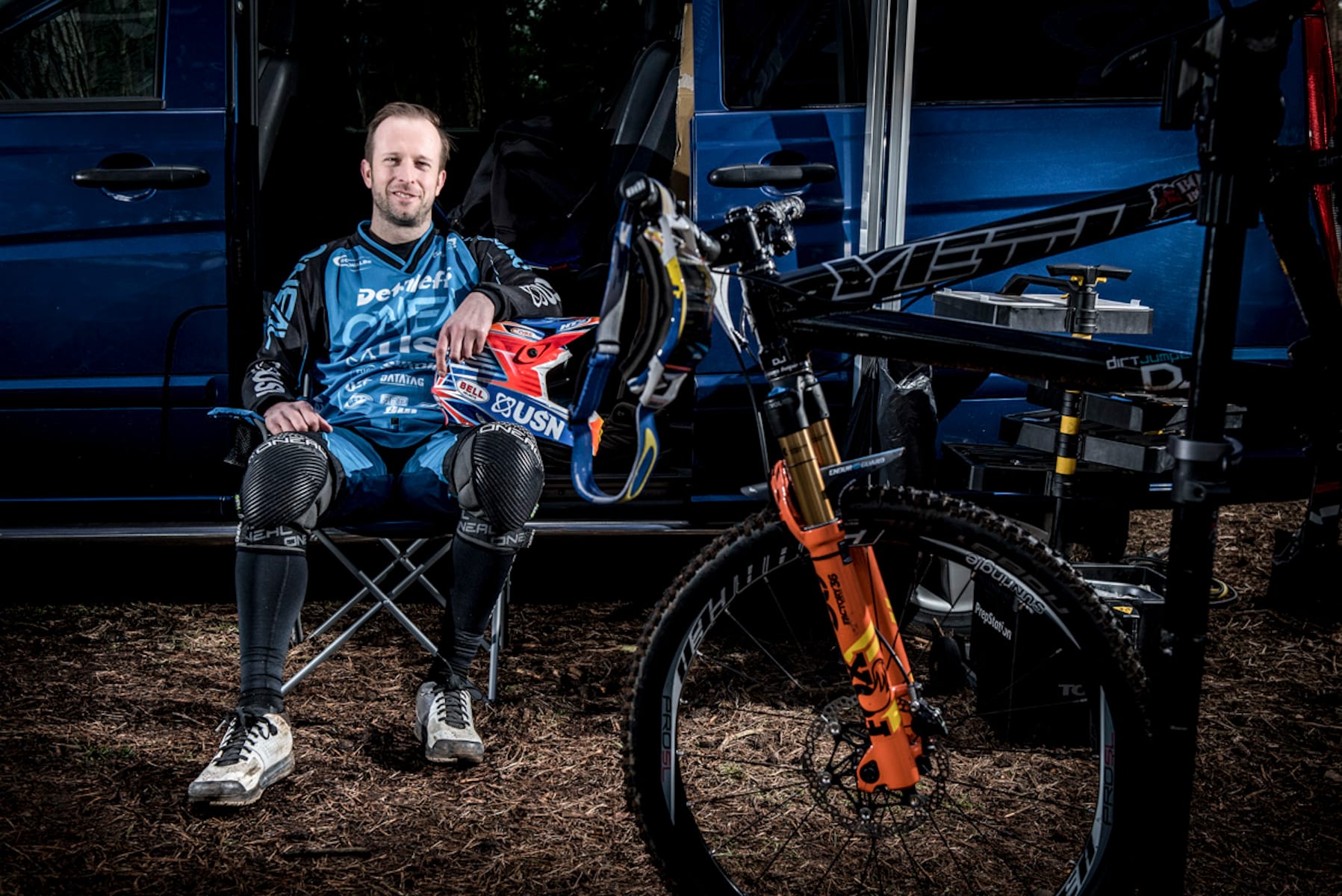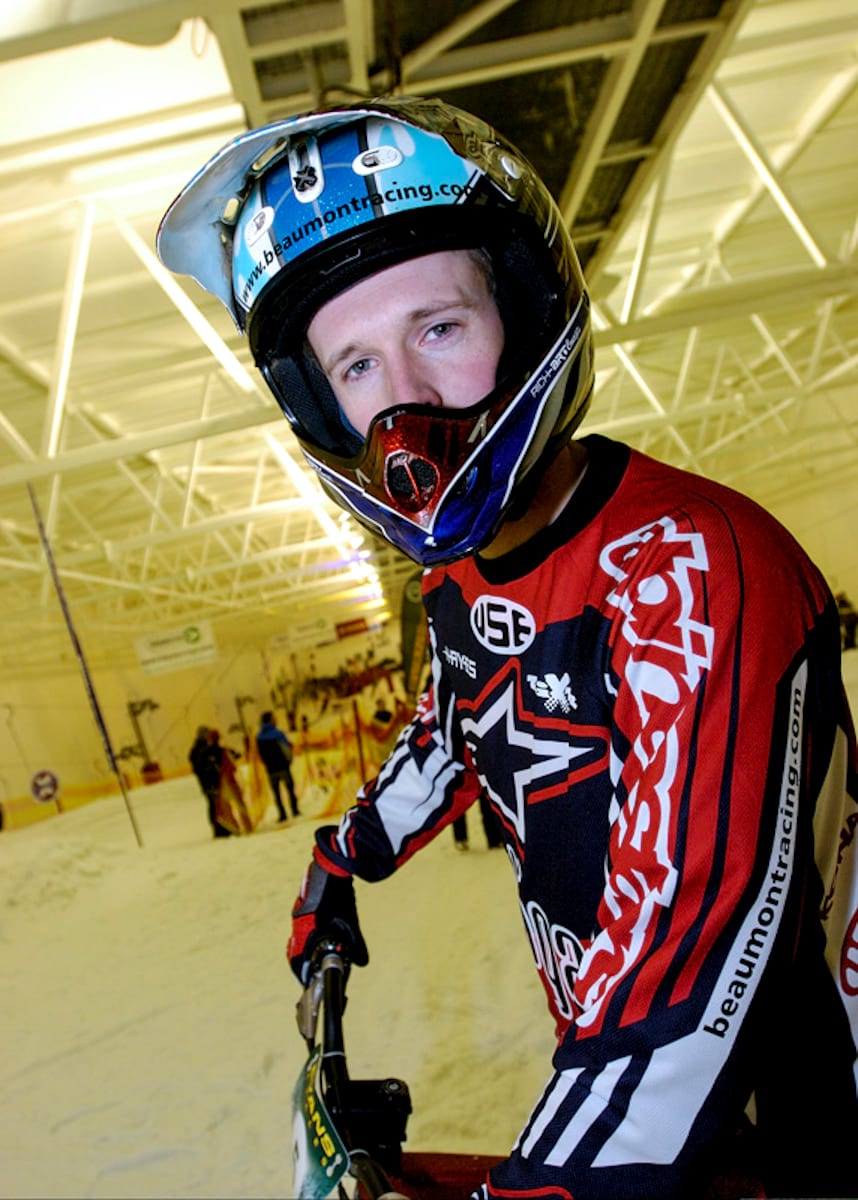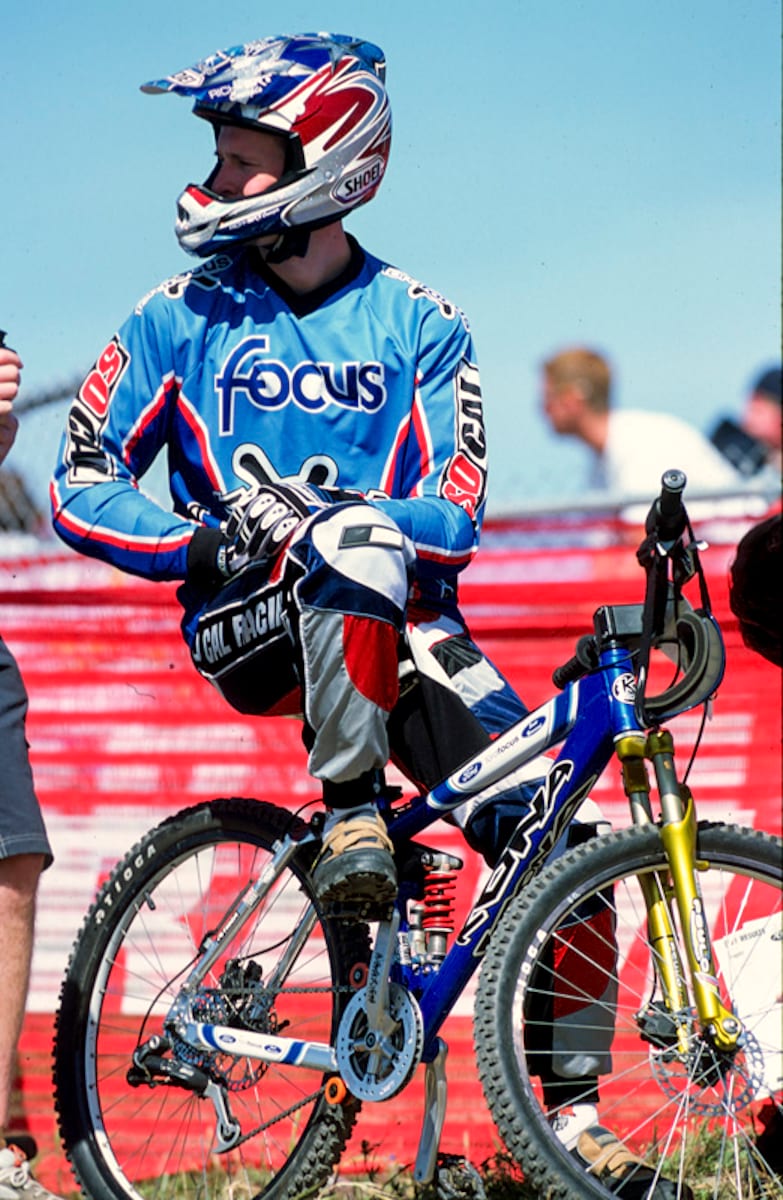A lifetime as a pro rider, with Scott Beaumont.
Words & Photography Geoff Waugh
You’ve seen them in the magazines; we’ve seen them on our TV screens. Professional riders that is. We are bombarded by new ‘edits’ on a daily basis; they come at us via our devices and occasionally in a widescreen premiere – each one striving for added gnar. And that’s just the video part of the pro game. On any weekend, racers come out in their droves to act as fast-moving placards for their sponsors. To walk the walk and, especially, talk the talk.
Premier members only past this point
Join us by picking one of the membership options below to access this and thousands of other articles.
Have you ever wondered what it takes to be a professional rider? To dig beneath the flash of the custom helmets, the neat branded uniforms and understand what it takes to be paid for doing what you love? Fewer riders these days seem to have aspirations to be professional athletes, but for some the notion of becoming the next Nino or Rachel is what gets them out of bed early every morning.
Luckily we have a seasoned pro in the UK ranks to ask, a man who has avoided clocking into a proper job since the 1990s, and that is 4X supremo Scott Beaumont from Worcester.
From his early years in BMX racing Scott adopted a professional attitude to the sport, no doubt aided by advice from his former speedway-racing father Mike. Beaumont Junior has been a sponsored rider since he was five years old, so he knows a thing or two about seeking and retaining backers. After he became World Champion in BMX, he turned his attention to mountain biking which was growing so fast it was hard to ignore. In fact, a slew of BMX racers took up mountain biking as a new source of income and a fresh challenge. Brian Lopes anybody? Mike King, Eric Carter, Dave Cullinan and Wade Bootes all swapped 20in wheels for 26in in the ’90s.
Of those names, Scott is the only rider still out there on the 4X scene, banging bars with a fresh crop of talent. So when we caught up with him at the first round of the British 4X Series, we were compelled to ask, hey Scott:
“What does it take to be a pro?” His first answer was simple…
Always have a clean bike. Seriously, it’s so easy but so overlooked. How you present yourself is a major part of being noticed. For example, my first pro sponsorship deal came from Kona. I took my BMX down to the Bike Show at London Olympia and we were doing a fun bunnyhop competition. Kona had a new clothing range and they had a gold-coloured gilet which JP [Saville, importer of Kona bikes at the time] urged me to wear. I thought ‘Yeah, that’s cool’.
Then he invited me to go to his stand after the show. “I want to make you an offer,” he said. “I’ll pay you five grand to ride our mountain bikes next year.” The opportunity was too good to miss. I had no idea who Kona were. They gave me a DH frame and off I went.
In BMX I always wore a full-face helmet when all the others wore open face. It was one of the things that made me stand out from the crowd. To get noticed. We always had a clean image. And I was always very appreciative. If you, as a sponsor, give me a pair of shoes to race in, then I need to sell two pairs of shoes for you. One pair to directly cover the cost of the shoes and the other pair to make you some profit. If you give me 50k, I need to make you 100k. I’m aware of that double up economy in sponsorship. And when you understand that relationship and work on it you can become a brand ambassador.
A massive part of the deal is to talk to sponsors. Lots of riders get the gear in January and the sponsor doesn’t hear any more from them until September. That’s not how it’s done. It’s a two-way deal.
Every Monday we send out a press release to the relavant parties and update our website. And our social media is strong. These bits cost only time and are essential.
In the mid ‘00s Kona pulled the plug on Scott’s deal and it was the tipping point that saw him go it alone and set up the Beaumont Racing Team, cutting out the middle man and finding backers to suit himself. It set a precedent in the UK that was followed by (Fionn) Griffiths Racing and Atherton Racing.
We bucked the trend and decided to choose the frames and parts we wanted to race. First that was Rocky Mountain bikes and now Yeti, along with several other components sponsors. We worked out a tier system that offered title, sponsorship, right down to tyres, grips and so on.
By showing a professional front, we could attract outside of the industry backers. My team title sponsor is USN, which is an energy bar manufacturer more common in the bodybuilding world. But some of the products can be used in my sport – there’s a good tie-in. Core Clinics and Dethleffs are also outside of the bike industry.
I would say that two of the strongest-backed riders at the moment are myself and fellow 4X racer Tomas Slavik, who has Dell and Budweiser among others. When the UCI pulled out of 4X, the riders rallied and sorted themselves out. And the most professional got the best deals. The companies are into the sport and hopefully Tomas and myself can pave the way forward.
But what’s the entry route into the world of velvet-roped gazebos, espresso machines and masseurs on call?
It’s no big secret. Learn your trade. By all means do wheelies down the street, but if you are serious about your sport then practice, practice, practice. If it’s 4X, practice sprints, practice downhill, get out and ride lots of technical tracks.
Set up social media channels – Facebook, Twitter, Instagram – and have them all under the same name so it’s easy to find you. You should be thinking about becoming a brand. Get a website as a place to show off your CV – they are free, and easy to create.
From there you can share and build. The first thing a potential sponsor will do is Google you so what they see has to make perfect sense or you’ll be history. We have a full proposal to send out to any potential backer. This is a 20-page document that allows the potential sponsor only a yes or no reply. Be confident that when it lands in your target’s inbox it looks good and makes sense. Companies like to see a client who has their shit together because it saves them valuable time. We are doing part of the work for them; that’s our job.
The easiest thing for a marketing person to say is no. But I was taught a no could be turned into a yes. I consider what I’ve offered and then ask for feedback. I have learnt to be tenacious, where a no becomes a maybe.
I dictate what I ride and where I race. It has been a great change that has prolonged my career. I don’t have to be at the beck and call of someone at the end of the phone, and this should be considered by the upcoming young rider.
And what about retaining sponsors year on year?
The obvious way to retain sponsors is to win races – that’s your job. But if you are not winning races, then be doing great stuff on videos and still images and work constantly to show off your profile. They’ve said yes once, make it easy for them to say yes again. This is high level. At a lower level, say for instance you’ve been given a helmet – take a picture of it! Post the pictures everywhere. Let everyone know. Apart from having the riding skillset, be a thinker. The world loves a thinker!
So there you have it; despite what many assume, having a suitcase of skills and a cupboard full of trophies is only one requirement to becoming a salaried rider. Being an astute business person with a handle on trends is another. And then there’s that social media acumen you need to work on to ensure your face is out there and getting onto all the right devices. You have to be thick-skinned enough to deal with the knock backs and rejections and flexible enough to go where the sponsors are headed. Still think you’ve got what it takes? Great. Be more Scott and turn every ‘no’ into a ‘yes’.
Gallery Extra
Click on any image below to start the gallery.

